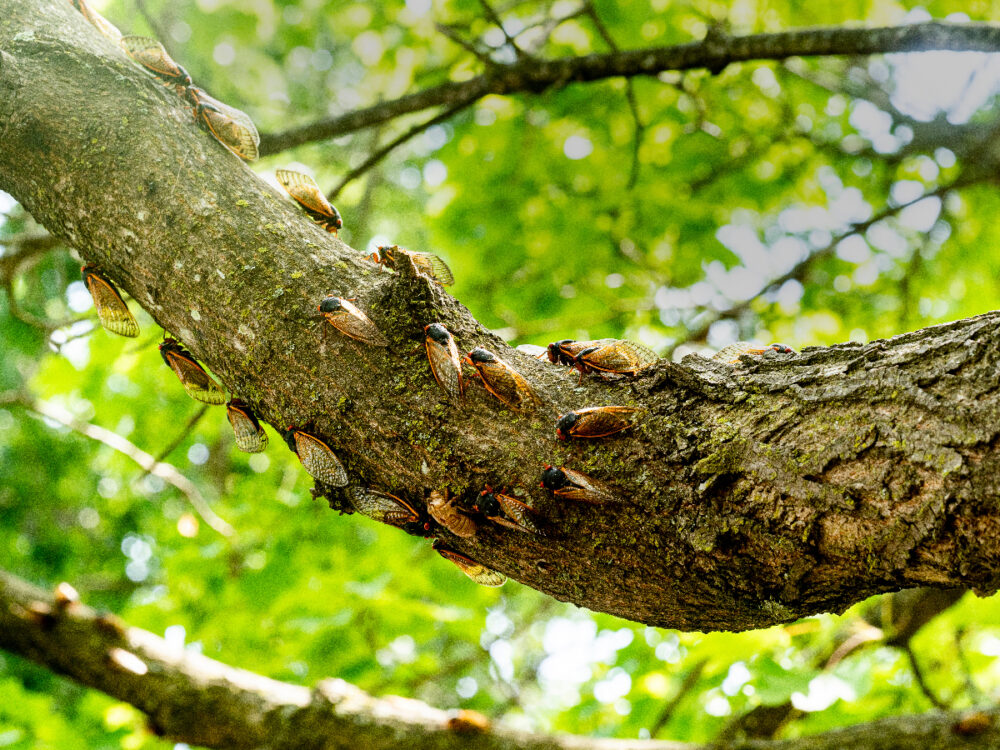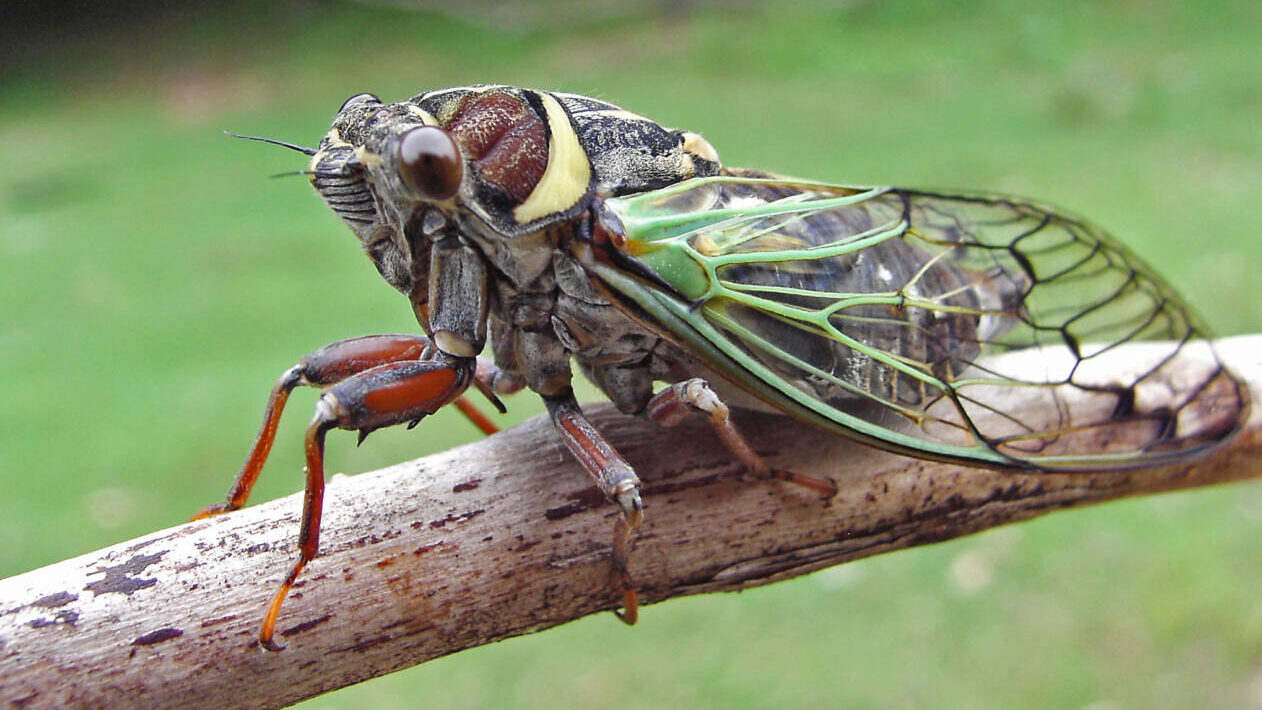The cicadas are coming. In fact, trillions of them are expected to emerge this spring.
On top of the “annual” cicadas that show up every spring, there are also “periodical” broods of cicadas that rarely emerge to the surface — only once every 10 to 20 years. But this spring, a rare double brood event that hasn’t occurred since 1803 will bring out lots of extra bugs, especially in Midwest states and a scattering of Eastern states. (See this map that shows where the cicadas will emerge.)
MORE: How long will the cicadas be around?
While they don’t pose any health threats — cicadas don’t bite people or pets because they’re herbivores, says Emma Grace Crumbley, an entomologist for Mosquito Squad — these buggers can be quite noisy and, if you’re in an area that’s getting an invasion, you’ll see them swarming the air, perched in trees and will find their crunchy exoskeletons shed on the ground.
“Some people find adult cicadas annoying because of their stridulation, which is the way they scream,” Crumbley says. “In the South, though, cicadas are thought of more fondly as a tell-tale sign of summer.”
MORE: How to get rid of ants in your house
The other downside of cicadas is their larvae can be garden pests, especially if you’ve got young trees or saplings in your yard, she adds.
“Larvae will feed on the roots and sap of plants, which can be fatal for weak and young vegetation,” Crumbley says.
It turns out prevention is the best way to avoid a swarm of these noisy creatures. Read on as bug experts explain how to get rid of cicadas.
Can You Get Rid of Cicadas?

Unfortunately, there’s not much that can be done to eliminate cicadas, says James Agardy, technical and training manager at Viking Pest Control. Pesticide applications aren’t effective in eliminating them, he says, and can actually do more harm than good because they could deter beneficial insects if applied incorrectly.
Hoping to at least keep cicadas out of your yard? That’s a tough task, too.
“Given that cicadas fly from area to area, there is nothing that can be done to keep them from entering the yard,” he explains.
The good news is cicadas are unlikely to intrude into your home because they feed on sap of trees, Agardy says. That being said, make sure that cracks and crevices are sealed, and window and door screens are in good shape because Agardy advises this will help you keep all types of pests out of your home.
MORE: How lightning bugs glow, and why bioluminescence helps them survive
Take Away Their Landing Spots
Getting rid of cicadas comes down to creating an environment that doesn’t suit them, says Nicole Carpenter, president of Black Pest Prevention. They like yards and gardens where they can lay their eggs, and they’re attracted to young trees and shrubs that have branches with small diameters.
Carpenter suggests protecting your new or young trees with mesh that has 1/4-inch cells or smaller. Any bigger and they can easily sneak through the gaps.
When you’re putting up mesh, cover the entire canopy of the plant, making sure the netting reaches the ground on all sides, she says. Secure the mesh at the base with a stake to prevent cicadas from entering underneath.
“This method works by physically blocking the cicadas from accessing the plants they prefer for egg-laying,” Carpenter says.
Why Will There Be So Many Cicadas in 2024?

There are two types of cicadas when it comes to emergence: annual cicadas and periodical cicadas. Annual cicadas emerge every year. The exact emergence will vary from region to region (just as temperature will), but cicadas usually start appearing around late spring and into summer, Crumbly explains. Annual cicadas tend to be large, green insects with dark eyes. Periodical cicadas have red eyes and orange accents.
Periodical cicadas are broods that emerge every 13 or 17 years. Currently, there are 15 different periodical broods, each notated by a Roman numeral. The last significant cicada emergence was during the summer of 2021 when the Great Eastern Brood (Brood X) emerged from its 17-year lifecycle.
This year’s rare double brood event will see annual cicadas and two broods of periodical cicadas emerge together. It’s the first such event since the turn of the 19th century. (Is this year just full of once-in-a-lifetime natural phenomena, or what?)
This year marks an exceptionally unique event for periodical cicadas. Two broods, the Northern Illinois Brood (Brood XIII) and the Great Southern Brood (Brood XIX), will emerge at the same time. Despite emerging in the same year, only some areas will experience both broods at once.
- States affected by Brood XIII: Northern Illinois and parts of Iowa, Wisconsin and Indiana.
- States affected by Brood XIX: Alabama, Arkansas, Georgia, Indiana, Illinois, Kentucky, Louisiana, Maryland, Missouri, Mississippi, North Carolina, Oklahoma, South Carolina, Tennessee and Virginia.
States outside these lists will still experience cicada presence typical to their region, but not periodical cicadas.
How to get rid of cicadas, according to bug experts originally appeared on Simplemost.com


